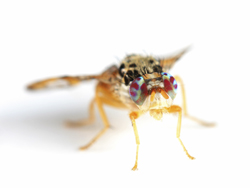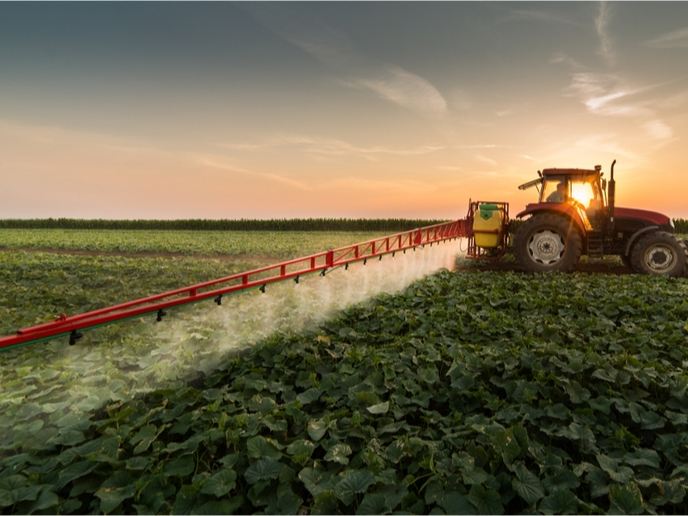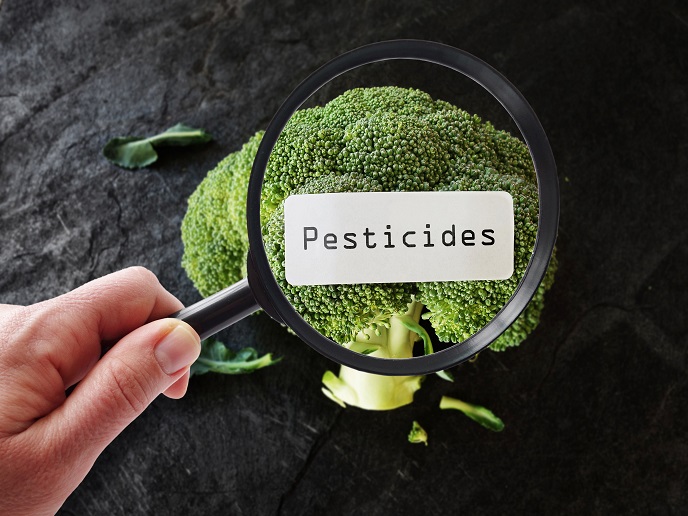The automated fly trap
Insect pests, including the Mediterranean and Olive fruit flies, threaten European agriculture. The industry-standard warning system for fruit fly infestation, the McPhail trap, is sub-optimal for various reasons, creating demand for an improvement. Aiming to realise this was the E-FLYWATCH project. The 8-member project ran for 3 years and received over EUR 1.1 million in EU funding. The project worked to improve on the McPhail trap by enabling it to automatically identify caught insects and link related information to a web-based geographic information system (GIS). Such a system would facilitate insect monitoring, while also being cheaper, simpler and more reliable than current warning methods. Furthermore, the project's GIS would contain records of pesticide usage in a given region and thus assist individual producers to limit their pesticide use.The project began by studying the main approaches of end users in terms of trapping, monitoring, warning, usage of pesticides and other practices. Next, the project set out to establish a method for automated recognition of trapped insects, and to evaluate its feasibility. The stage involved development and testing of optical processing algorithms that recognise insect anatomical features. Field tests demonstrated an identification success rate of about 80 %. The project also tested various transmission technologies and incorporation of the data into an online GIS. Such tests yielded the specifications for the complete E-FLYWATCH prototype. Further testing led to redesign of the optical recognition and communication modules, and a new trap design. The second prototype was field-tested at three locations in Cyprus. The testing coincided with a workshop demonstration for interested parties, who gave excellent feedback. In addition, E-FLYWATCH developed training materials, a website and a patent application. The project presented its results at various symposia and other conferences. Lastly, the project has developed a comprehensive business and marketing plan, which will determine the market viability of the system up to two years post-project. The resulting E-FLYWATCH system should help improve production, limit pesticide usage and lower the labour costs for spraying. The system is also expected to improve profitability and sustainability in the sector.
Keywords
Agriculture, pests, fruit fly, trap, automatic identification, pesticide usage







